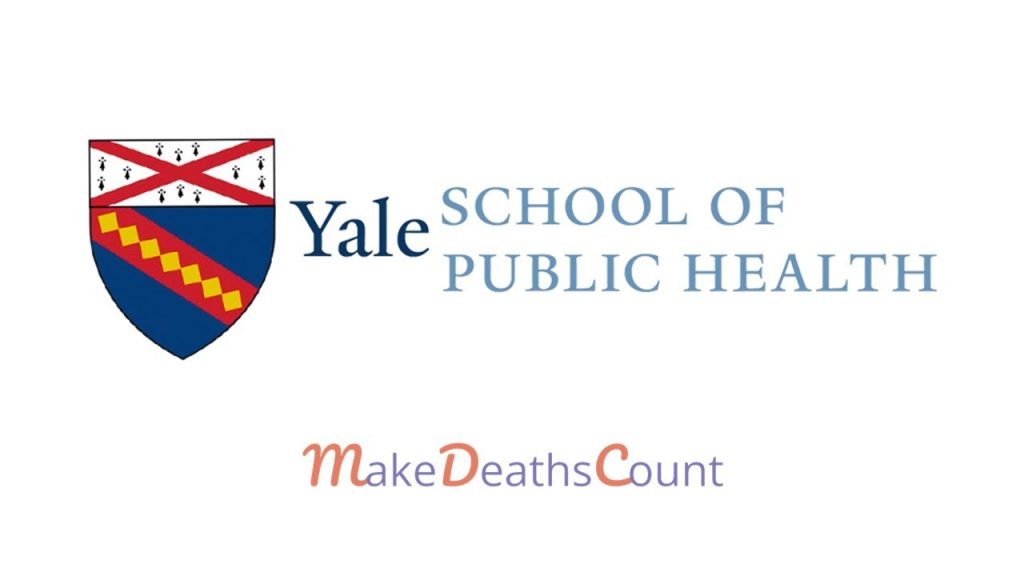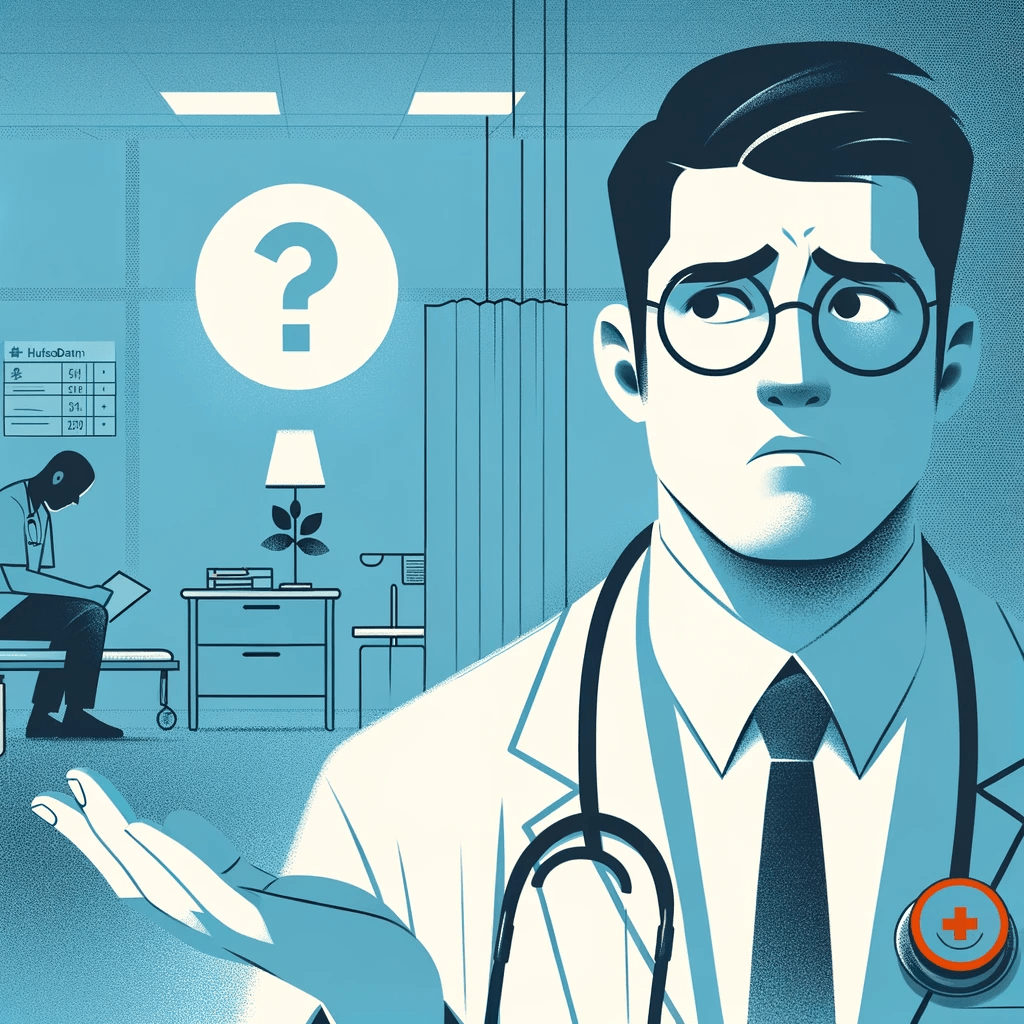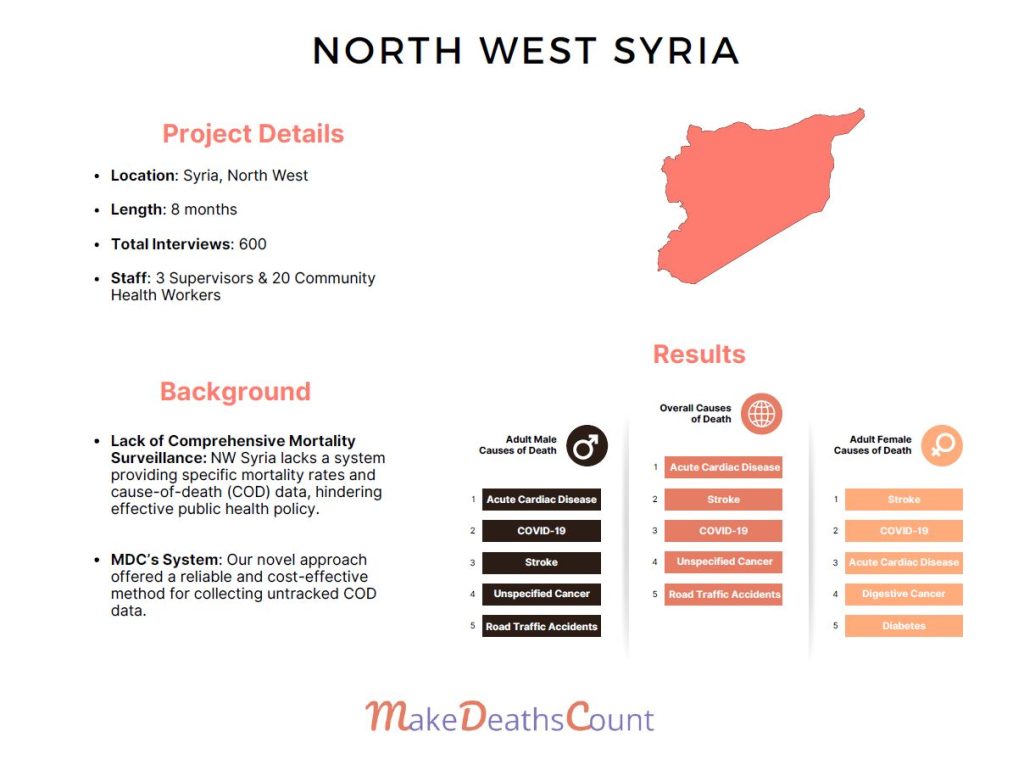In a recent presentation at the University of Mississippi, I had the opportunity to share my journey as a recent Yale School of Public Health graduate and a fourth-year medical student at SUNY Downstate in Brooklyn. Alongside me was my colleague, a fellow Yale graduate and now a Quality and Patient Safety Consultant in the WHO East Mediterranean region, who also heads the Research and Performance Improvement section at a pediatric oncology hospital in Cairo, Egypt, Ehsan. Together, we are co-founders of MakeDeathsCount, an organization dedicated to enhancing mortality surveillance in global health.
Our talk focused on the importance of Civil Registration and Vital Statistics (CRVS) systems in low and middle-income countries and the role of verbal autopsy in gathering cause-of-death data in areas with limited to no mortality surveillance. Our mission with MakeDeathsCount is to develop a mortality surveillance program specifically in regions facing humanitarian crises.
We began by discussing CRVS, highlighting its significance in collecting information about vital events like births, deaths, marriages, and divorces. We emphasized that civil registration grants individuals legal status, allowing them access to essential services such as healthcare, education, and financial services. This process, we explained, feeds into vital statistics, which are crucial for informed public health decision-making and resource allocation.
We then delved into the concept of verbal autopsy, a tool we use at MakeDeathsCount for determining causes of death in populations with incomplete or non-existent CRVS. This method involves training community healthcare workers to conduct interviews with families of the deceased, a process that has been shown to be highly effective in ascertaining accurate causes of death. We provided an overview of the verbal autopsy’s components, including its standardized questionnaire and the range of data it can capture.
Our focus then shifted to our first major initiative in Northwest Syria, where we collaborated with local organizations to implement a verbal autopsy-based mortality surveillance system. This project was challenging, requiring us to navigate cultural sensitivities, language barriers, and logistical hurdles. Despite these challenges, we managed to conduct a significant number of interviews, providing valuable data that was previously unavailable.
In concluding our presentation, we spoke about the broader implications of our work and our plans to expand these initiatives to other regions in need. We also introduced a new project focused on social autopsy, a method that combines medical and social data to provide a more comprehensive view of mortality in a region.
As co-founders of MakeDeathsCount, we’re committed to improving global health through better mortality data. We believe that understanding the causes and patterns of death can lead to more effective public health policies and interventions, especially in regions most affected by health disparities and crises.




